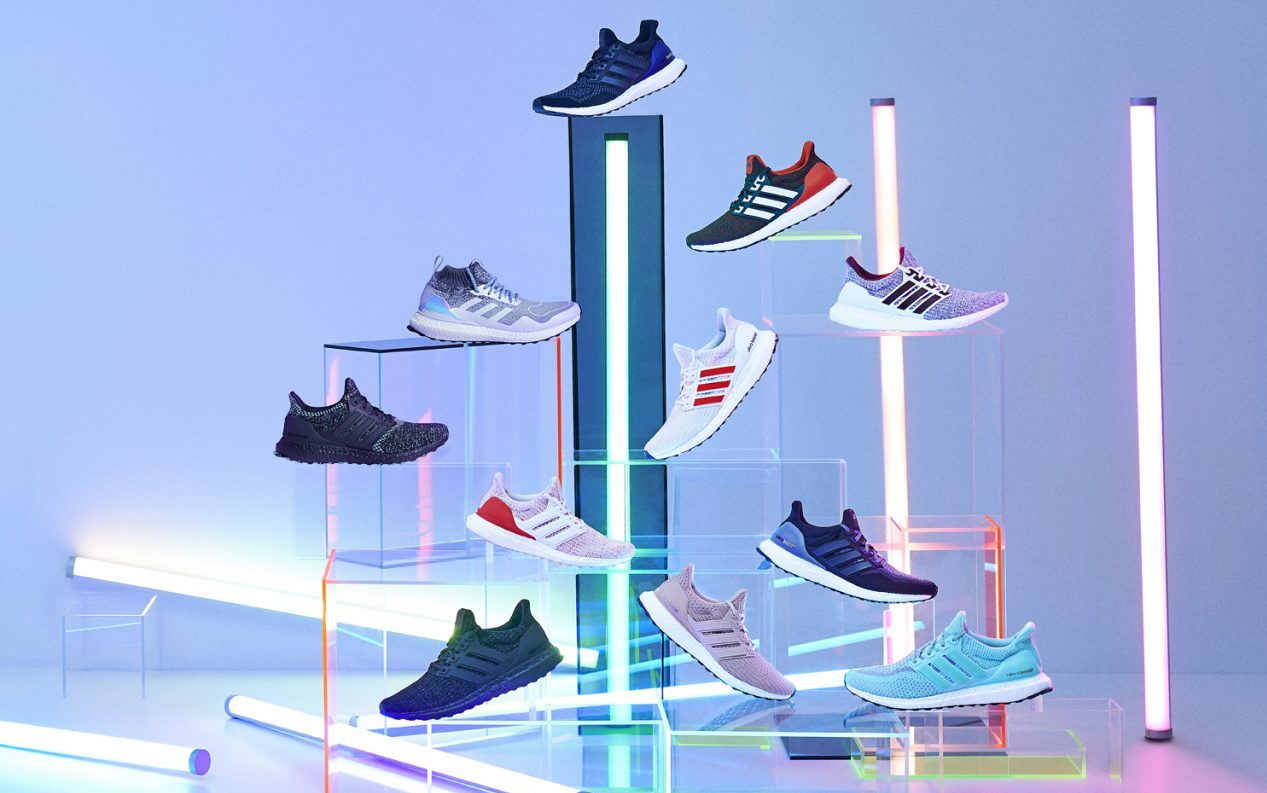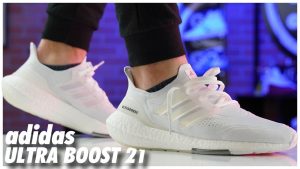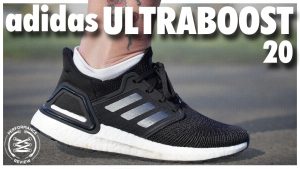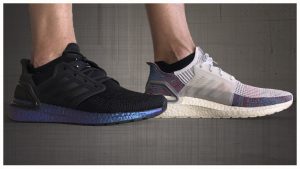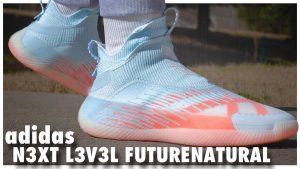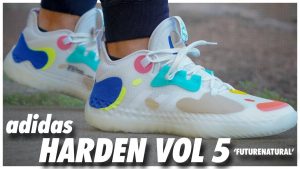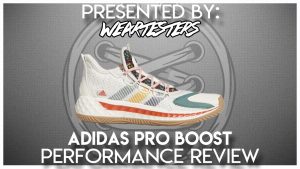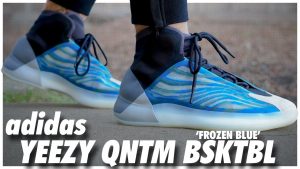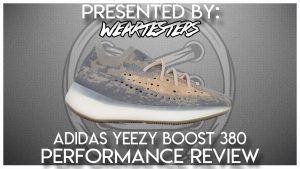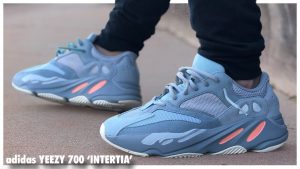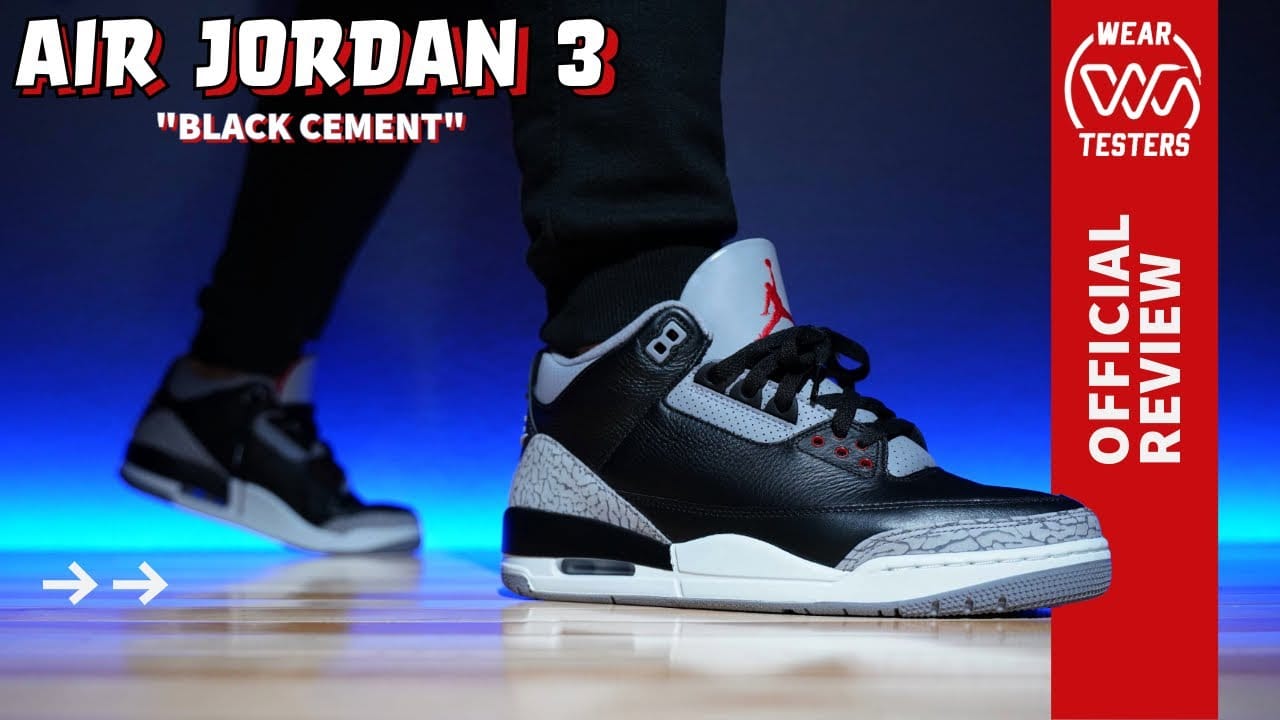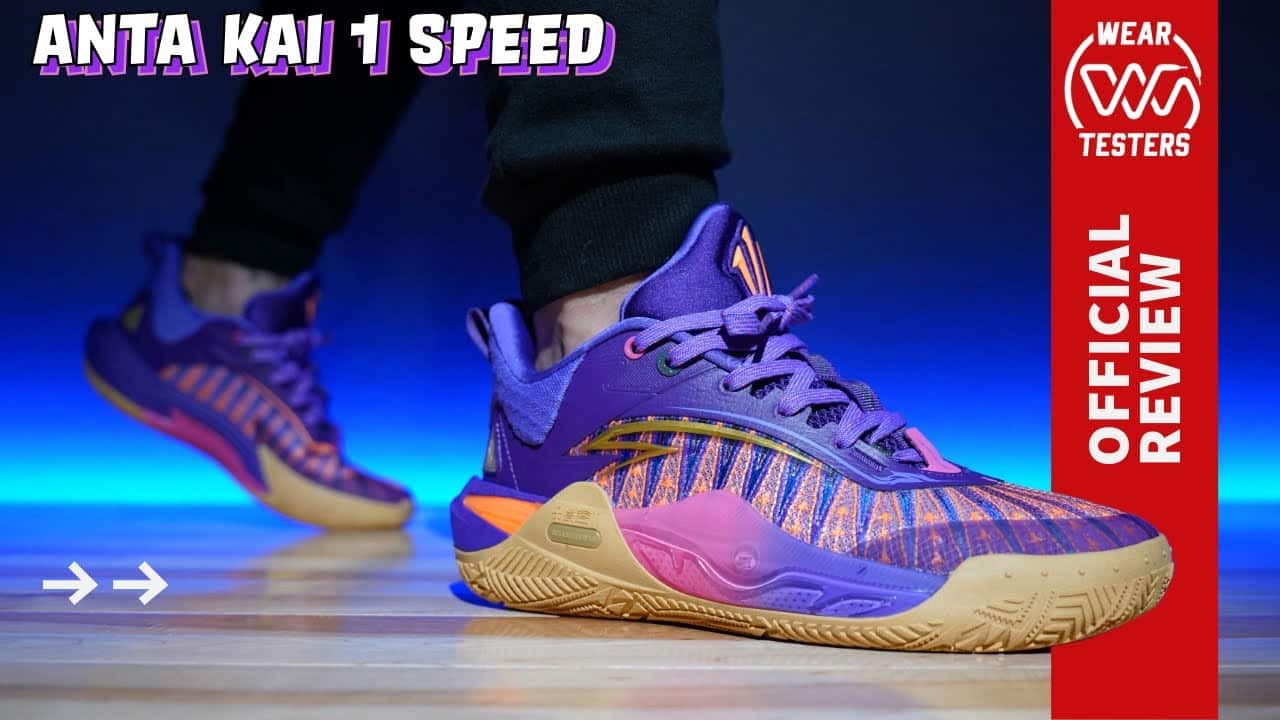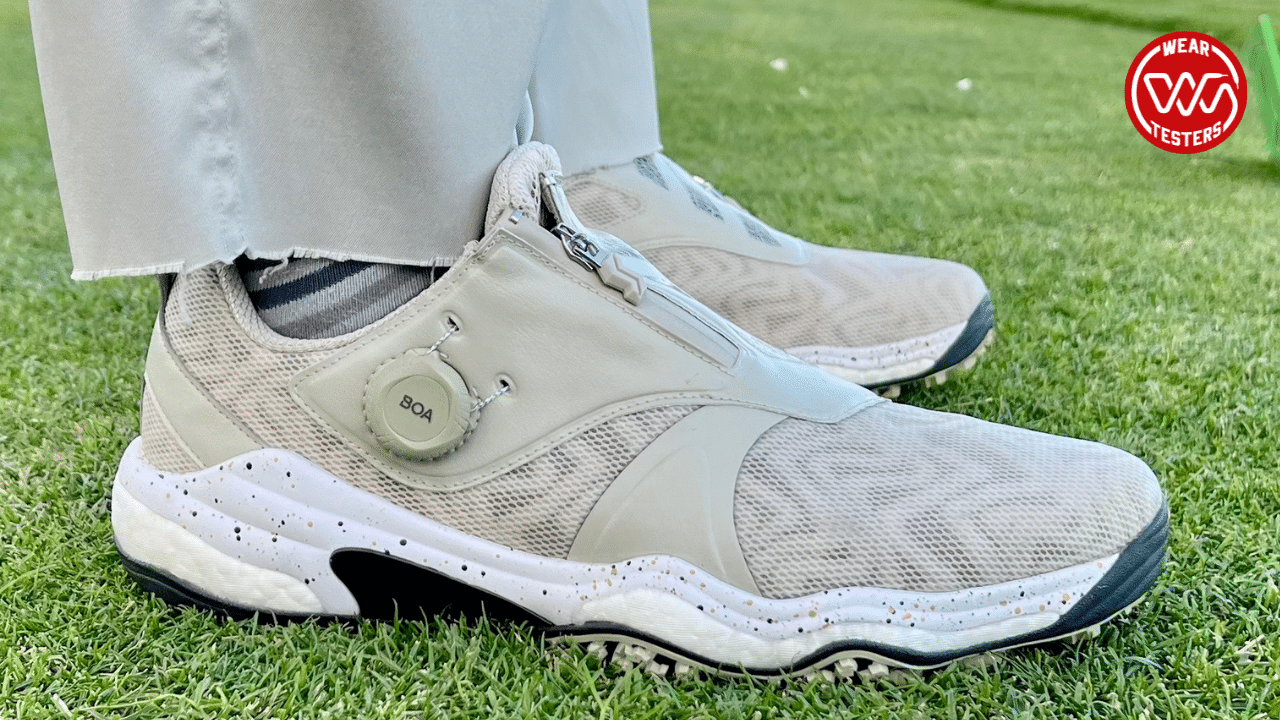“Boost is life” became the battle cry for sneakerheads back in 2013. Some have called it the most comfortable midsole ever created, which of course depends on your personal taste in footwear, but Boost is definitely up there with the greatest cushioning systems of all time.
Adidas Boost also appeared on the sneaker scene with impeccable timing. Boost was a high-tech, 100% performance-driven innovation. The aesthetics of Boost always seemed to be secondary. In fact, Boost, in a way, pioneered the “so ugly, it’s pretty” concept that currently dominates sneaker market fashion trends.
Adidas, at the time, also allied themselves with a unique selection of athletes and personalities that endorsed their products. Those eccentric personalities fit right in with this new space-age technology. Athletes like James Harden and artists like Kanye West wore Boost as they got photographed by paparazzi. The synergy was perfect between these new sneakers and the quirky personalities.
So, with all this being said, let’s jump right in and explore the history of Adidas Boost.
Adidas Boost
Adidas Boost History
The story of Adidas’ Boost actually started in 2007 with Badische Anilin & Soda-Fabrik (BASF), a German chemical company. BASF had developed a new cushioning system consisting of expanded thermoplastic polyurethane (ETPU) pellets. Thousands of these pellets were placed within a mold and expanded with heat, resulting in a responsive, bouncy compound that was ideally suited for performance footwear.
BASF pitched the compound to several different brands, but Adidas would Ultimately sign an exclusive licensing deal. In fact, Puma was sued by Adidas over one of their primary cushioning systems at the time, Puma NRGY beads.
NRGY is another cushion set up made with expanded thermoplastic polyurethane, similar to Adidas’ Boost. Puma and Adidas both developed the synthetic first, although neither had it patented.
Boost vs NRGY (Adidas vs Puma)
Puma claimed they started working on the damping material in 2009 with BASF and that in 2011 BASF terminated its partnership with Puma and struck an exclusive deal with Adidas instead. Adidas would go on to launch “Boost” in 2013 and Puma followed with NRGY two years later. The two sportswear companies have a bitter rivalry that dates back to their founding in the late 1940s and seems no closer to reconciliation.
BASF’s compound was supposed to be as elastic as rubber, but lighter, providing a springy and cushioned sole ideal for running shoes. It was an immediate success. BASF used thousands of these pellets and, at first, they didn’t know what to do with the creation. Later, they discovered ways to alter it, such as fusing the little pellets together. Then they figured out how bouncy it actually was and created the Boost ball, which is what they presented to Adidas.
BASF presented their findings and showed off their fancy Boost ball vs a standard ethylene-vinyl acetate copolymer (EVA) foam ball. The energy return apparently was “crazy” and Adidas immediately jumped on a deal with BASF that would make them the exclusive user of this extremely bouncy material
In 2012, Adidas’ testing of Boost would materialize as the Energy Boost, which turned into a hit among runners. During the Berlin Marathon, Boost burst onto the scene when Dennis Kimetto set a marathon world record of 2:02:57 while wearing the adizero Adios Boost.
Boost’s basketball debut occurred in 2014. Boost was featured in the heel of the Crazy Light Boost and the D Rose 5 Boost had it in just over half of the midsole. Boost would eventually become a staple in Adidas’s basketball lineup and featured prominently in their Crazylight, D Rose, and Harden lines.
Kanye West popularized the Adidas Ultra Boost when he rocked a pair of Triple White Ultraboosts during his performance at the 2015 Billboard Music awards. After that, Kanye insisted on having the Boost midsole in almost every Yeezy model he would eventually make. With Kanye’s endorsement, the Ultra Boost became one of the first modern hype shoes on the market.
Adidas realized that the demand was higher than the potential supply.
Adidas didn’t have the capacity to meet fan’s demands, which created scarcity, and the current sneaker copping culture began to take form.
Adidas expanded the use of Boost and featured it on products from Adidas Originals, the lifestyle branch of the brand. Y-3, adidas’ high end fashion line, started to use the technology as well. Then came Yeezys. Though there were hundreds of thousands of pairs being made, they sold out instantly. The hype around Boost was getting bigger and more culturally embedded. The Adidas NMD was another lifestyle sneaker that championed the awesome midsole.
Boost has dipped in popularity in recent years. The brand seems to be pushing Bounce and, more recently, Lightstrike as main cushioning systems. Boost is still featured, but mainly on the yearly Ultra Boost releases. Even so, Boost is still one of the best and most revolutionary cushioning systems ever created.

